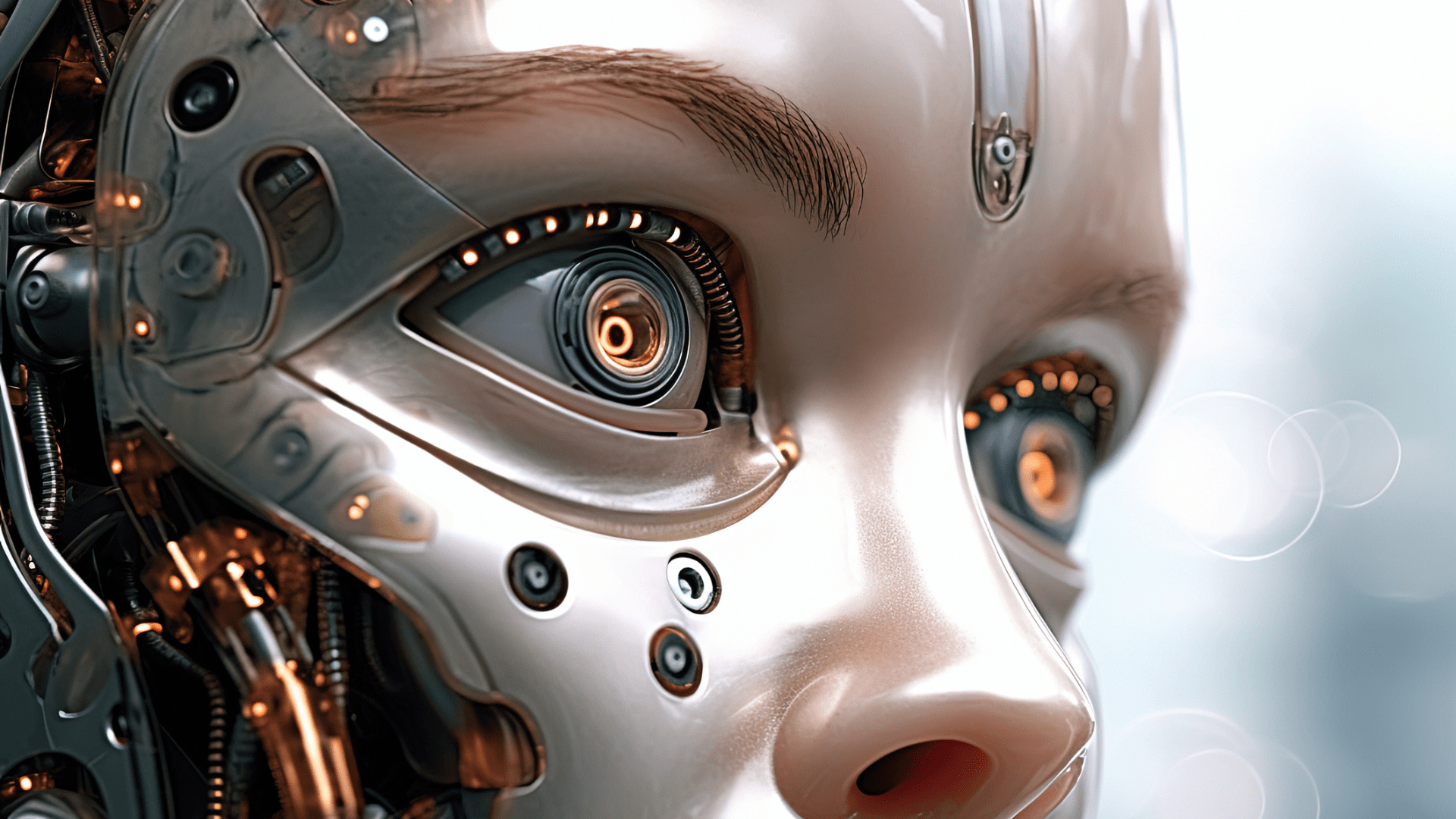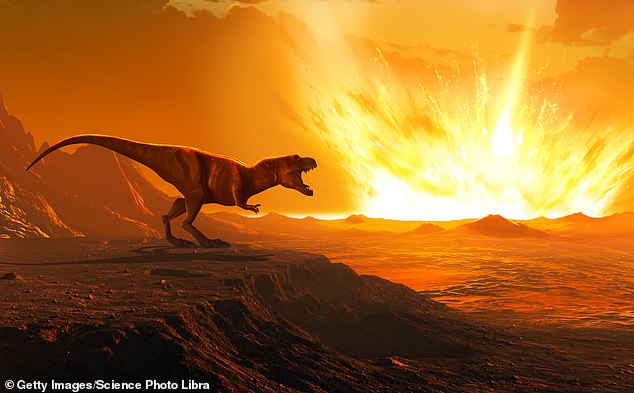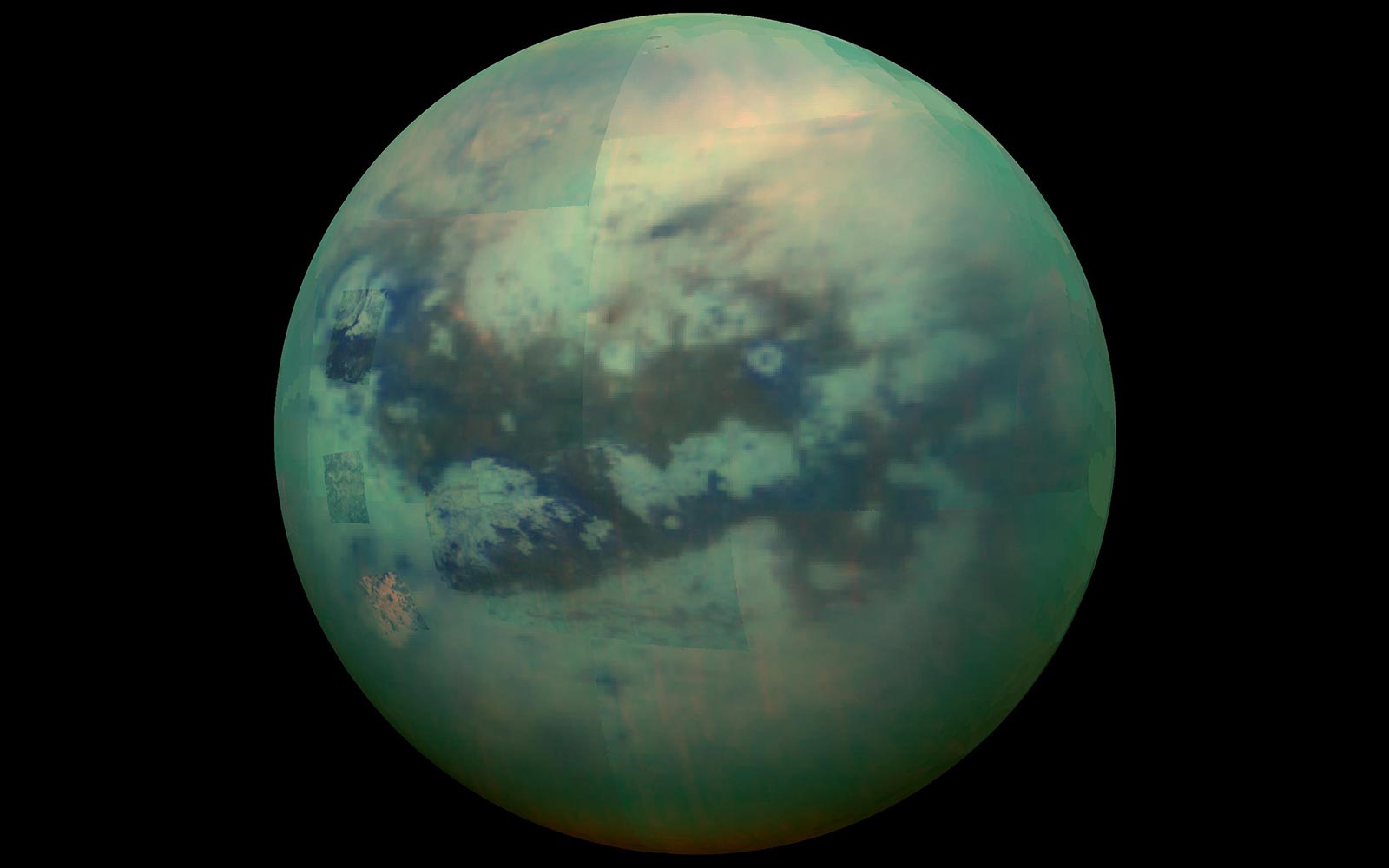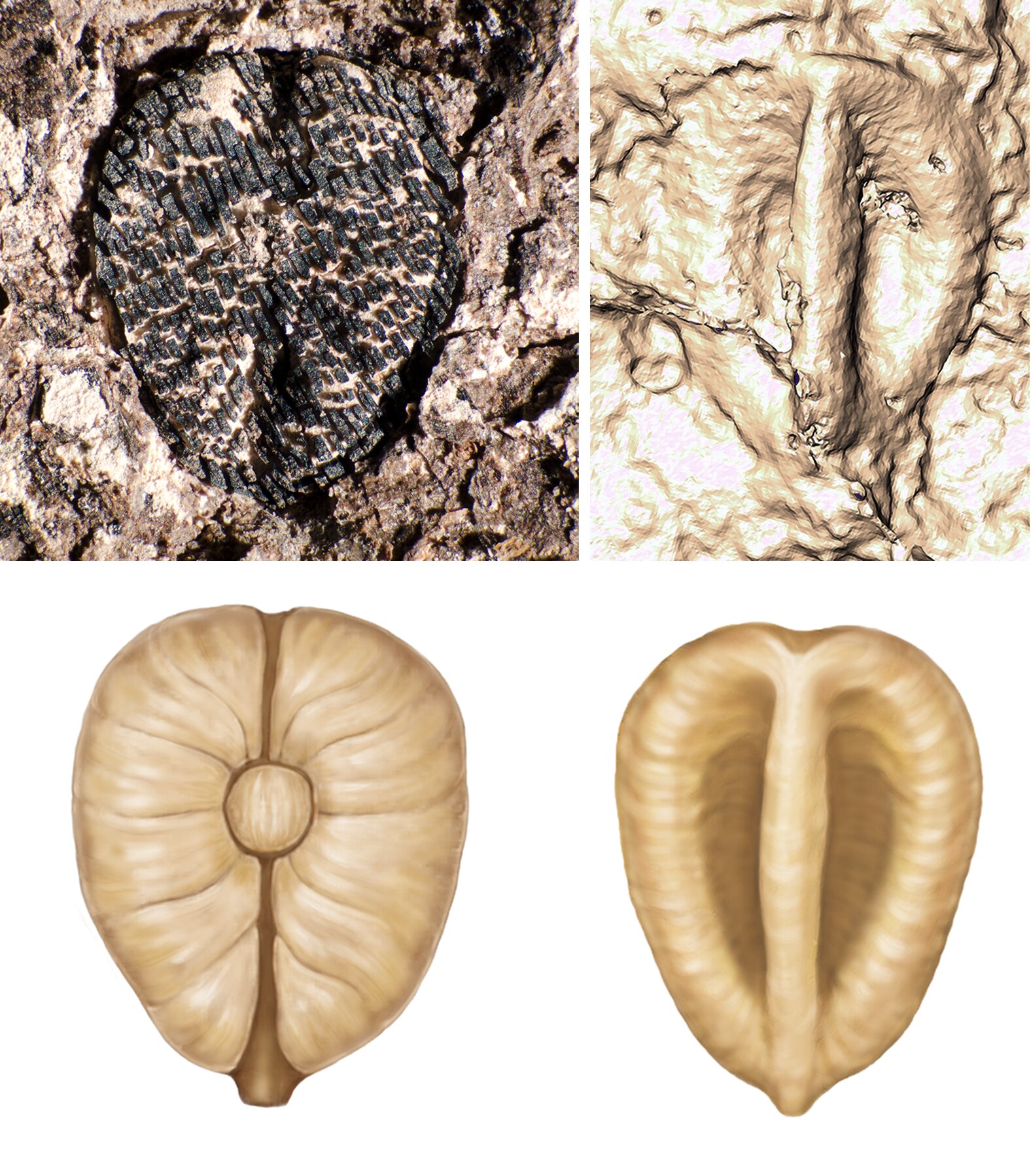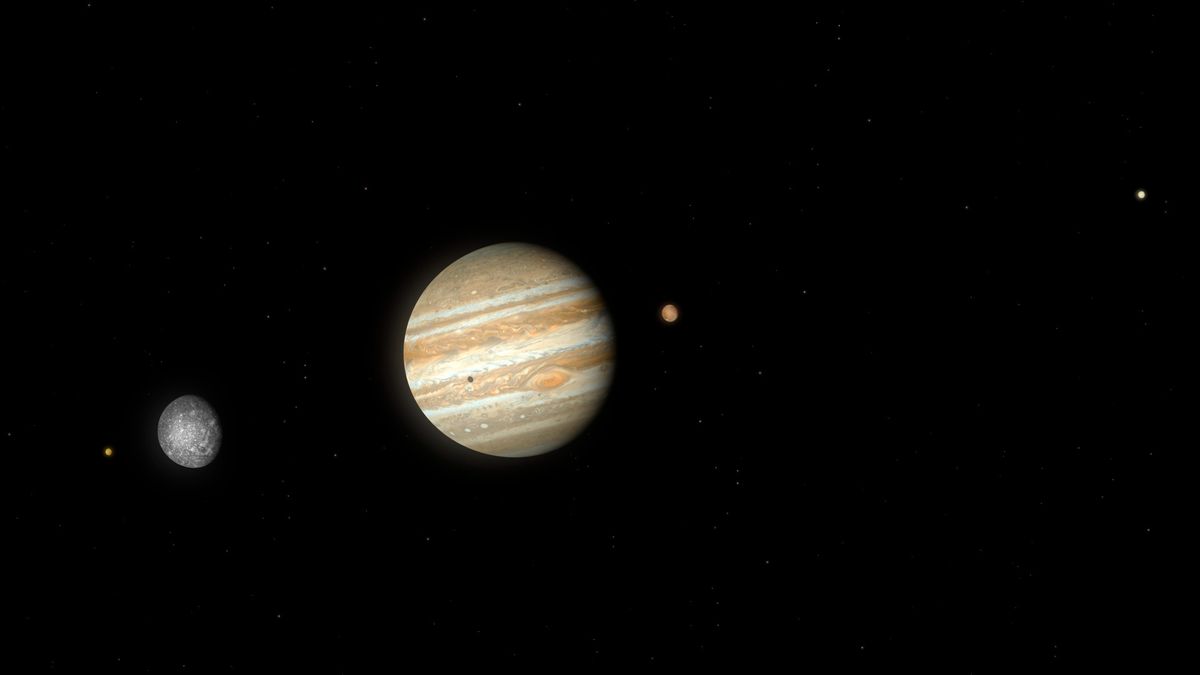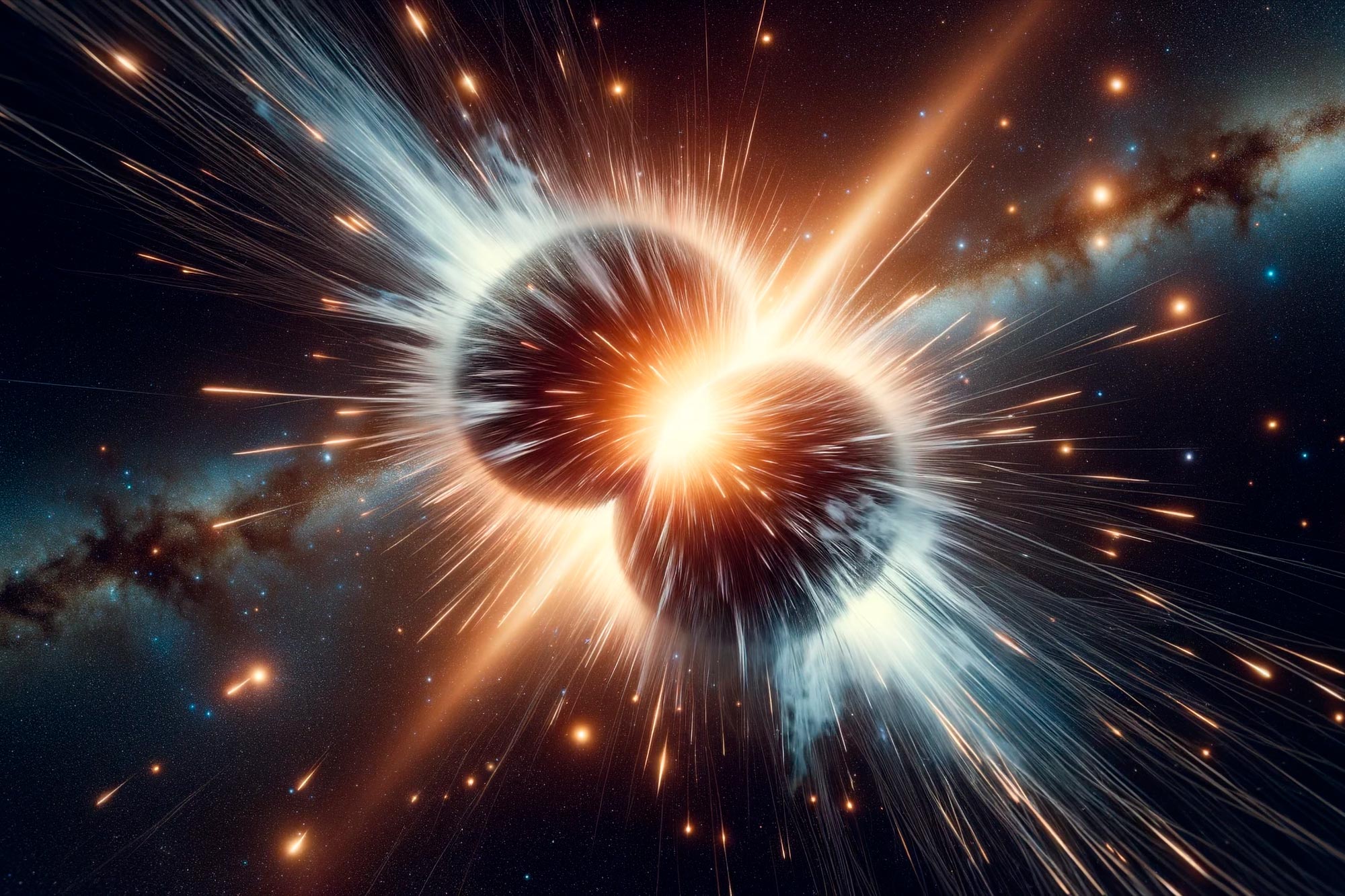How zinc can change agriculture forever
A new study reveals the critical role of zinc in regulating nitrogen fixation in legumes through a sensor called FUN. This discovery could help improve crop efficiency and reduce the use of synthetic fertilizers by adapting to environmental and soil conditions. Researchers have discovered that zinc significantly affects the process of nitrogen fixation in legumes, … Read more

